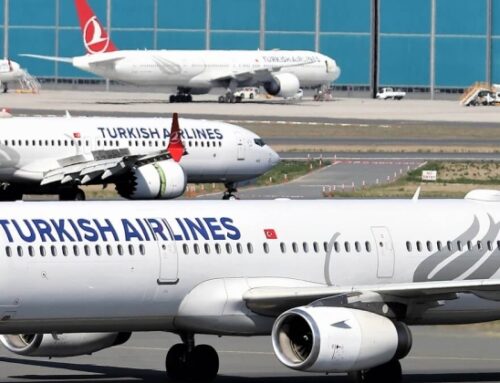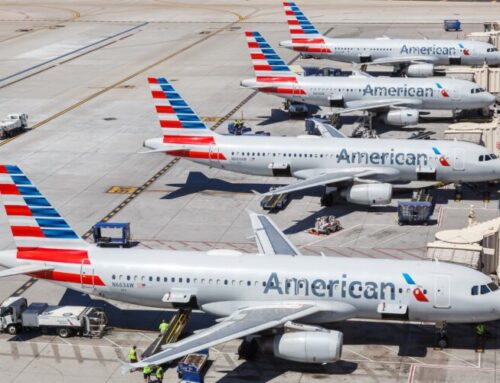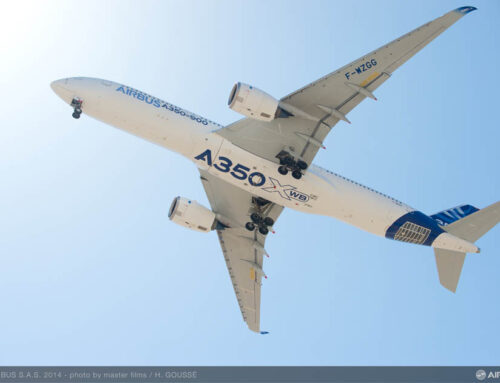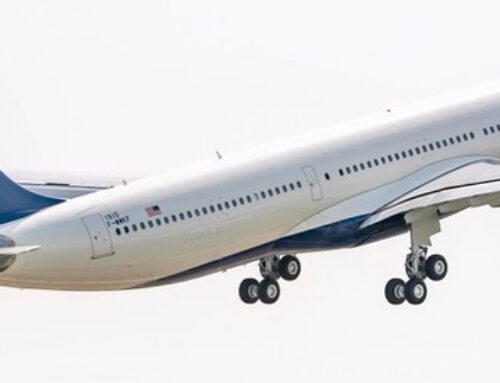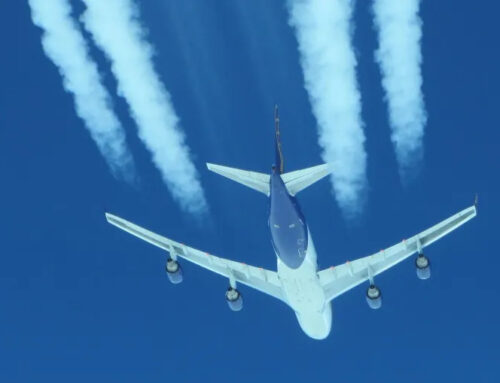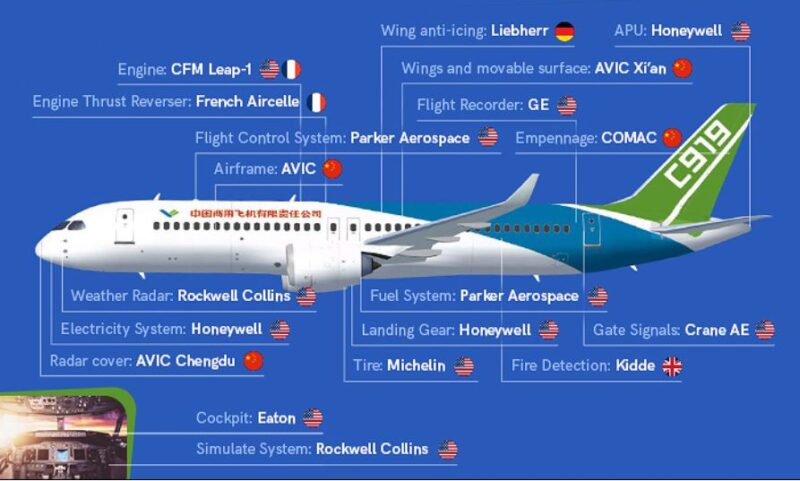
Reports in China suggest the home-grown C919 narrow-body passenger jet could be certified as early as Monday Sept. 19, having been in development since 2008. Single-aisle C919 has been built by the state-owned Commercial Aircraft Corporation of China to compete with Boeing’s 737 and Airbus’ A320
Boeing’s return to the critical Chinese market may face another stumbling block, analysts said, after local media reported that China’s home-grown C919 narrow-body passenger jet. Sales of and sales of Airbus’ A320 series will be most likely affected in the long run.
The China Times newspaper reported on Tuesday that the C919, manufactured by the state-owned Commercial Aircraft Corporation of China (Comac), will receive certification from China’s aviation regulator at the start of next week, citing unnamed sources close to the Shanghai-based manufacturer.
Yicai news service also reported on Tuesday that the C919 will be certified “as soon as this month” with China Eastern Airlines set to receive the first delivery “within the year”, without citing any sources.
Comac and the Civil Aviation Administration of China (CAAC) did not respond to faxed requests for comment on the media reports.
Certification by the CAAC would pave the way for Comac to start delivering its C919, which has been in development since 2008.
The single-aisle C919 has been built to compete with Boeing’s 737 and Airbus’ A320, and despite a series of delays, the anticipated certification represents a key step for the domestic market in China.
“It is significant in its local market where it is likely to displace Airbus and Boeing sales, but this will be extremely difficult to replicate globally,” said John Strickland, director of aviation at consultancy firm JLS Consulting.
“It takes considerable time to build a reputation, and there is a need for consistent, reliable after-sales service and spares support in all markets where the aircraft may operate. This will be challenging to achieve.”
The C919 jet, primarily constructed with aluminium alloys, is to be powered by either CFM International LEAP or ACAE CJ-1000A turbofan engines, and be able to carry 156 to 168 passengers in a normal operating configuration up to 5,555 km (3,000 nmi), compared to a range of 6,600 km (3,600 nmi) for the Airbus A220, A320 or the Boeing 737-7 Max with a similar passenger load.
Shanghai-based China Eastern Airlines is expected to be the first carrier to operate the C919, having ordered four of the aircraft in May at a cost of US$99 million each.
“I suspect that there will be a lot of pressure on the Chinese carriers to support the C919, so yes, Boeing in China too does not see a short or straight road back,” said Andrew Charlton, managing director of consulting firm Aviation Advocacy.
Boeing’s business in China has been caught in the growing rift between Beijing and Washington since 2018. Its 737 MAX has yet to return to service in China even though the CAAC issued an airworthiness directive in December for the passenger jet which has been grounded in China since March 2019 after 346 people were killed in two deadly crashes in Indonesia and Ethiopia in the space of five months.
In July, the Chicago-based aerospace giant also saw its rival Airbus secure a bulk order for 292 of its A320 single-aisle passenger jets from four Chinese airlines.
“Ultimately Boeing orders in China are likely to be affected by the C919, but I think political relationships will play a more important role,” added Strickland.
The battle of tech supremacy between China and the United States has also spilled over to aviation, with American backers prohibited from investing in Comac after Washington designated the state-owned firm as being “owned or controlled” by the People’s Liberation Army.
China’s entry in the global aviation market in 2022 reminds us of the arrival of Airbus in the mid-1970s to challenge U.S. monopoly with commercial jet giants Boeing and McDonnell-Douglas. At first, Airbus was not taken seriously and dismissed by the U.S. jet makers, but 20 years later, Airbus managed to become equal to Boeing in the global commercial jet market.
The competition between Airbus and Boeing has been characterized as a duopoly in the large jet airliner market since the 1990s. This resulted from a series of mergers within the global aerospace industry, with Airbus beginning as a pan-European consortium while the American Boeing absorbed its former arch-rival, McDonnell Douglas, in 1997. Other manufacturers, such as Lockheed Martin and Convair in the United States, and British Aerospace (now BAE Systems) and Fokker in Europe, were no longer able to compete and effectively withdrew from this market.
In the 10 years from 2007 to 2016, Airbus received orders for 9,985 aircraft and delivered 5,644, while Boeing received orders for 8,978 aircraft and delivered 5,718.
History could repeat itself, and it often does, and we could see China’s Comac C919, ARJ21 and CRAIC CR929 jets take a growing share of Chinese airline orders by the end of this decade.
What’s China doing to save its aviation sector from a ‘cliff-like’ plunge?
The C919 is a key symbol of China’s ambitions to muscle into the trillion dollar global jet market, but many of its components are imported, with US companies accounting for most of the top suppliers.
China’s aviation market has also suffered under Beijing’s strict zero-Covid policy, with total losses in the first half of 2022 exceeding all of 2020 and 2021 combined, CAAC chief Song Zhiyong said in July, according to local media.
Debt owed by Chinese carriers grew by an average 11.9 per cent to 82.2 per cent this year compared with the average debt level before the coronavirus pandemic.
China’s travel industry is also under pressure, with the number of domestic tourism trips taken during the recent three-day Mid-Autumn Festival holiday down by 16.7 per cent compared to a year earlier and by 27.4 per cent compared with the pre-pandemic levels in 2019. apple.news

